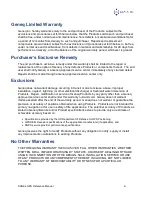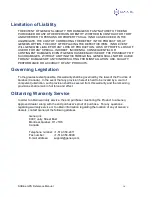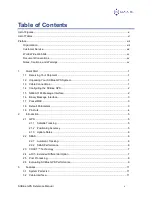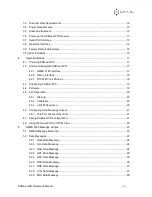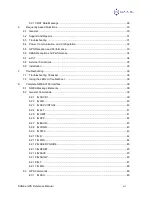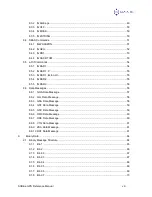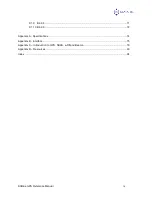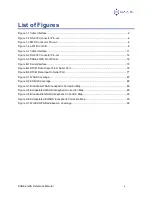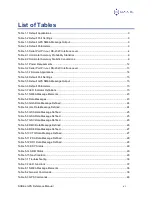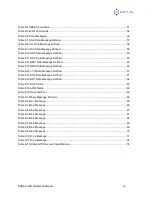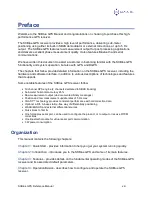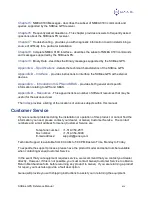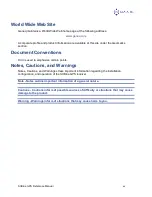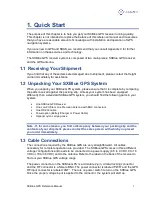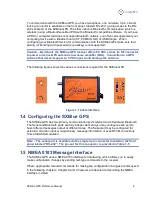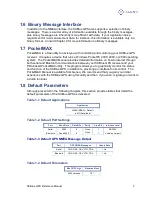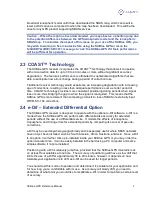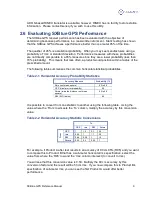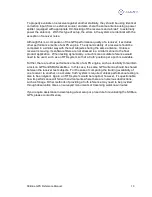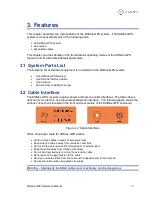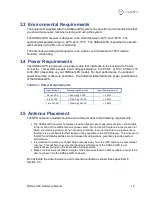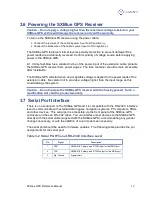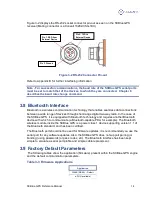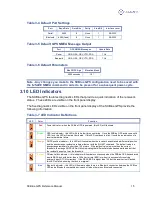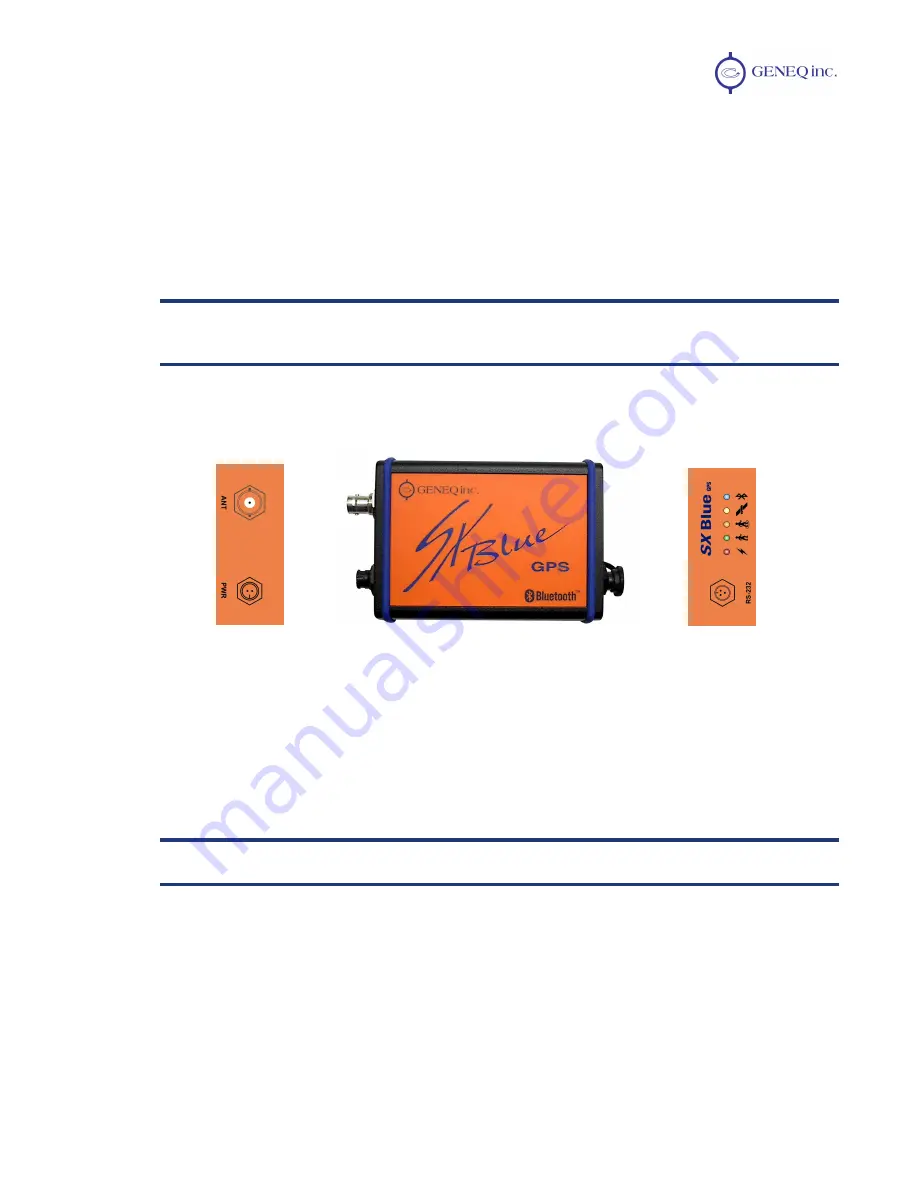
SXBlue GPS Reference Manual
2
To communicate with the SXBlue GPS, you have two options, one miniature 3-pin, circular
locking connector is available on the front panel, labeled ‘RS-232’, giving access to the RS-
232 serial port of the SXBlue GPS. The other option is Bluetooth communication (which is
wireless) using a Bluetooth-enabled PDA with a Bluetooth compatible software. If you have
a PDA or computer that does not support Bluetooth natively, you often can supplement your
computing device with a Bluetooth card (CF, PCMCIA, SD) or USB dongle. When
configuring your Bluetooth device for communication with the SXBlue GPs make sure that
pairing (or bonding) with password (or passkey) is not supported.
Caution – By default, the SXBlue GPS receiver offers 5.0 VDC across its RF connector
to power an active GPS antenna’s low noise amplifier (LNA). Connection to a GPS
antenna that doesn’t support a 5 VDC input could damage the antenna.
The following figure shows the various connections required for the SXBlue GPS.
Figure 1-1 Cable Interface
1.4 Configuring the SXBlue GPS
The SXBlue GPS has two primary communication ports referred to as Serial and Bluetooth.
The Serial and Bluetooth ports are fully independent and you may configure each port to
have different messages output at different rates. The Serial port may be configured for
external correction input or output binary message information or even RTCM corrections
from a SBAS demodulator.
Note – The serial port is available via the single 3-pin connector located on the front
panel labeled “RS-232”. The pin-out for this connector is provided in Table 1-5.
1.5 NMEA 0183 Message Interface
The SXBlue GPS uses a NMEA 0183 interface for interfacing, which allows you to easily
make configuration changes by sending text-type commands to the receiver.
Where appropriate, relevant commands for making the configuration changes are discussed
in the following chapters. Chapter 8 and 9 however are devoted to describing the NMEA
interface in detail.

